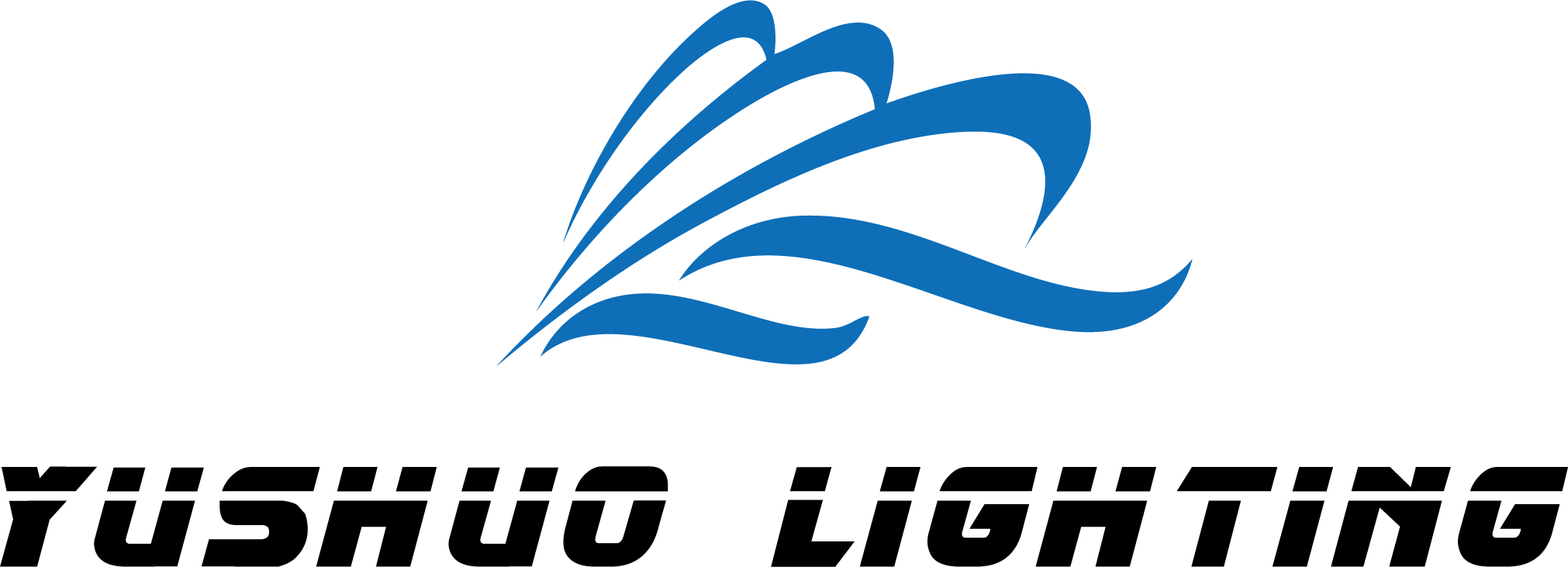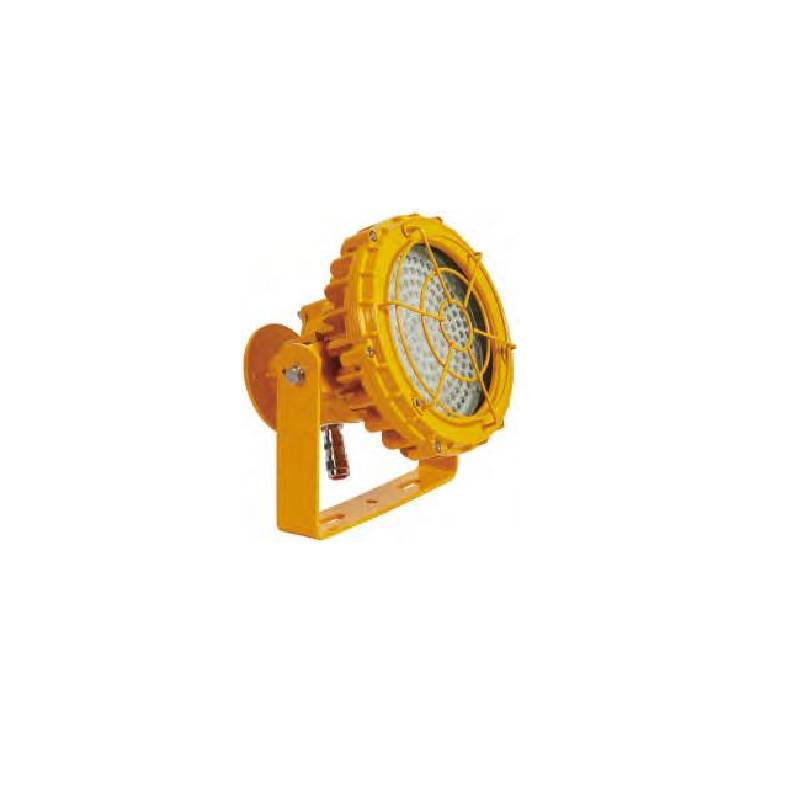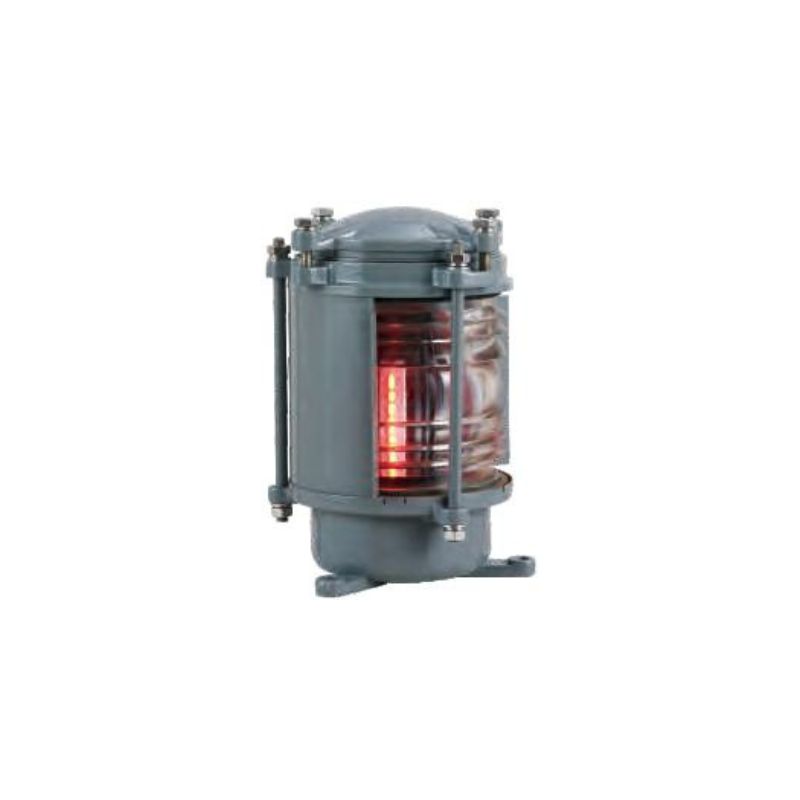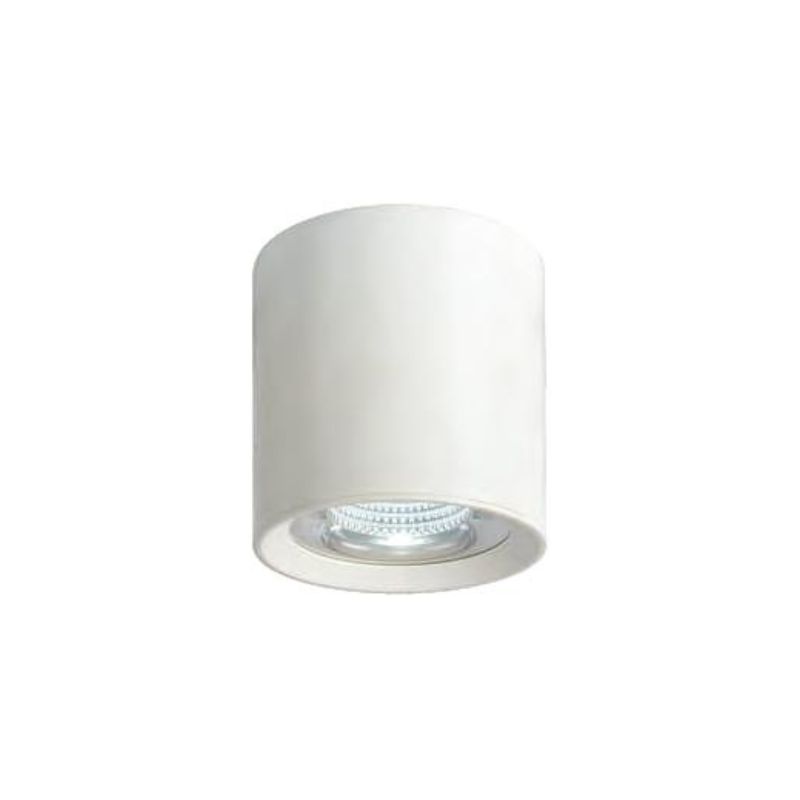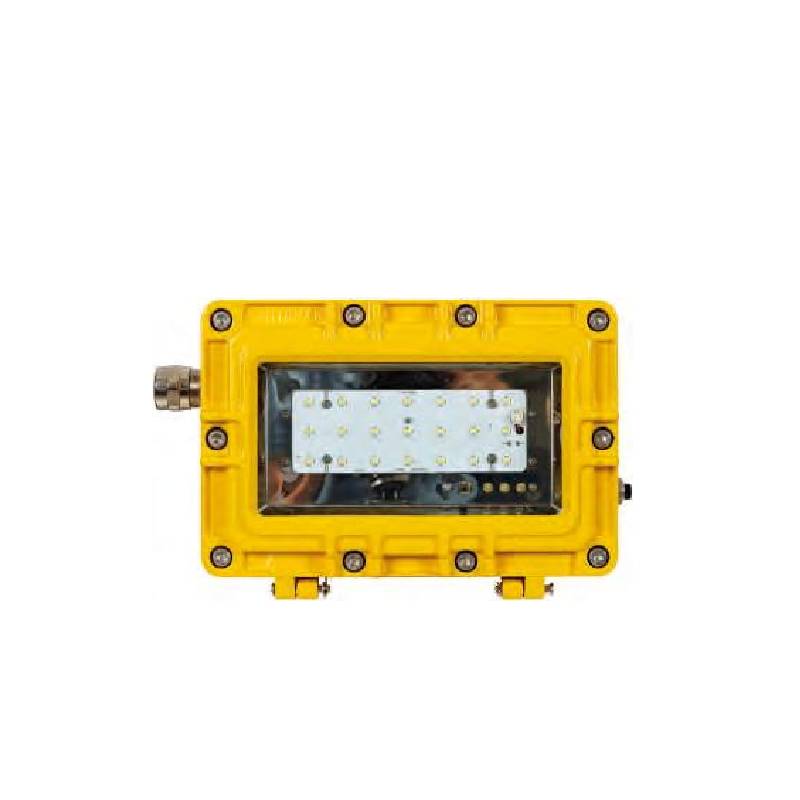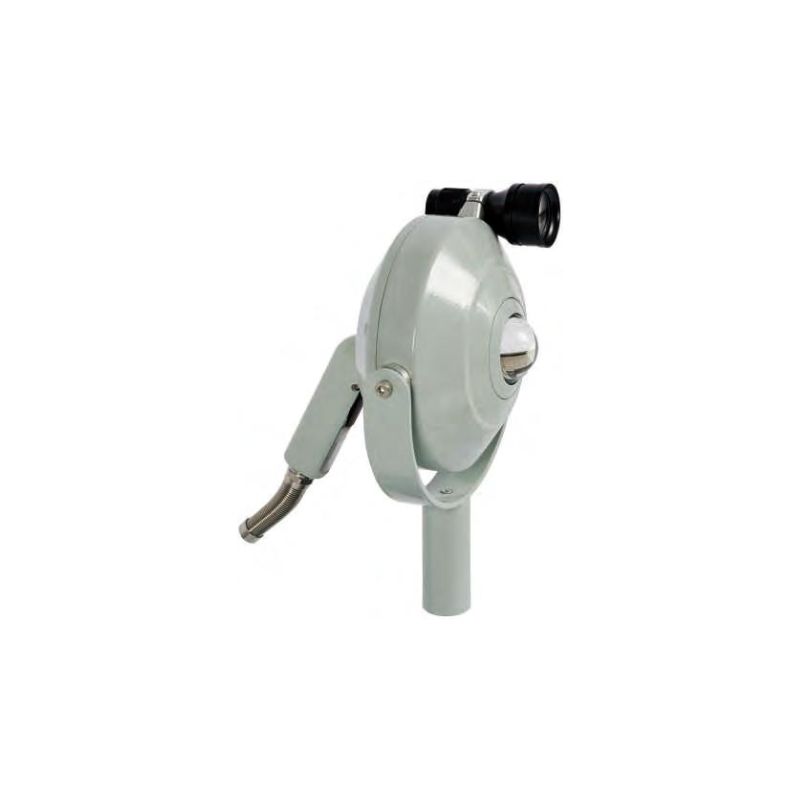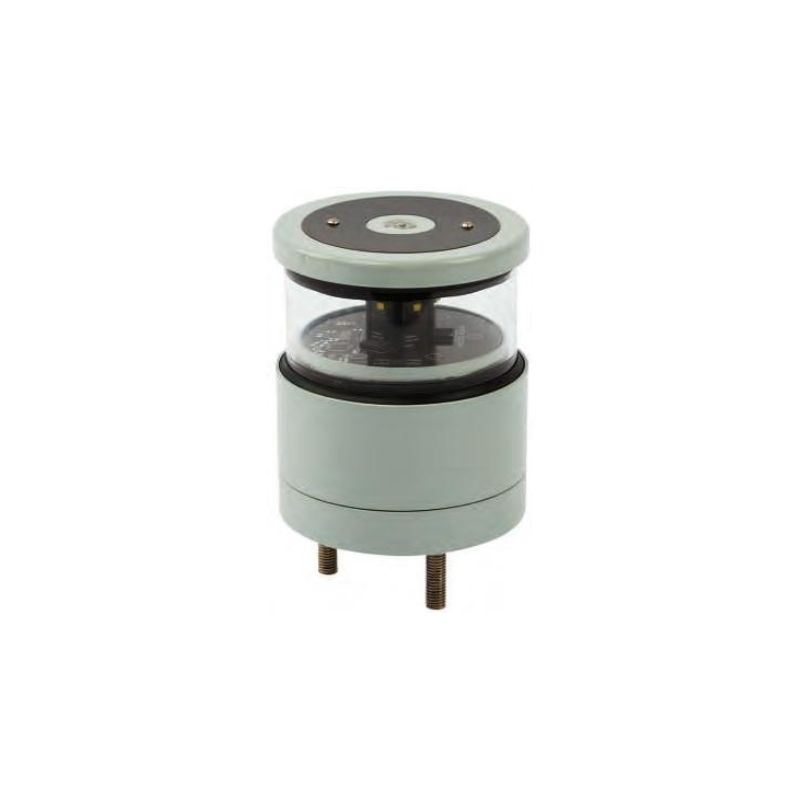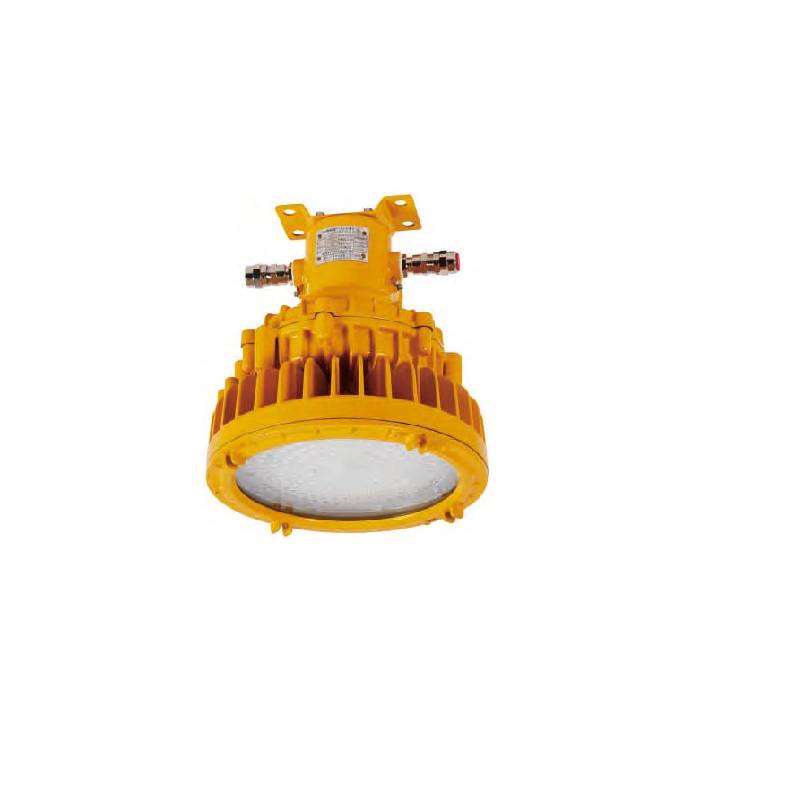How LED Technology is Used in Marine Lighting
Table of Contents
Marine lighting has undergone a significant transformation with the adoption of LED (Light Emitting Diode) technology, offering unparalleled efficiency, durability, and adaptability. This article explores the significance, key parameters, advantages, applications, and future advancements of LED technology in marine lighting systems.
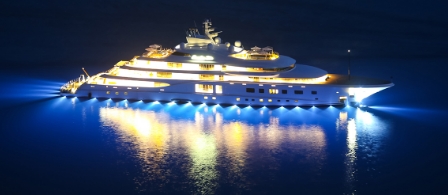
Significance of LED Technology in Marine Lighting
Marine environments are known for their challenging conditions, including exposure to moisture, salt, and vibrations. Marine lighting plays a vital role in ensuring the safety, functionality and aesthetics of vessels navigating diverse environments. Traditional lighting solutions often struggled with durability and efficiency under these circumstances. LEDs, however, have proven to be resilient, providing consistent performance while minimizing energy consumption, making them indispensable in modern marine applications.
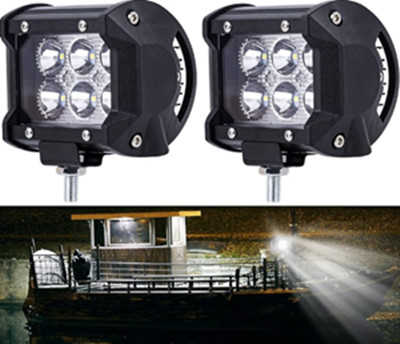
Key Parameters and Specifications for LED Marine Lighting Systems
Here is a chart outlining the key parameters and specifications for LED marine lighting systems, along with their descriptions and ideal ranges or values.
| Parameter | Description | Ideal Range/Value |
| Luminous Efficacy (lm/W) | Measures the efficiency of light output per watt of power consumed. | 80–150 lm/W |
| Color Temperature (K) | Indicates the color of light, ranging from warm to cool tones. | 2700K–6500K |
| Color Rendering Index (CRI) | Assesses how accurately colors appear under the light source. | ≥ 80 (for general use); ≥ 90 (critical tasks) |
| Ingress Protection (IP) Rating | Reflects the level of protection against dust and water ingress. | IP65–IP68 |
| Beam Angle (degrees) | Specifies the spread of the light beam for focused or wide-area illumination. | 30°–120° (application-dependent) |
| Operating Voltage (V) | The input voltage range suitable for marine LED lights. | 12V, 24V, or 110–240V AC/DC |
| Power Consumption (W) | The amount of energy consumed by the LED light. | Typically 5–100 W (depending on application) |
| Lifespan (hours) | The operational life of the LED light before it needs replacement. | ≥ 50,000 hours |
| Corrosion Resistance | The ability of the material to withstand exposure to saltwater and humidity. | Marine-grade materials (e.g., aluminum, stainless steel) |
| Shock and Vibration Resistance | Capability to endure mechanical stresses in dynamic marine conditions. | High durability (meets MIL-STD-810) |
| Dimming Capability | Ability to adjust brightness levels for different applications. | Supported with PWM or analog control |
| Light Output (Lumens) | Total amount of visible light emitted by the LED. | 300–10,000 lumens (application-specific) |
| Efficiency (%) | Percentage of electrical power converted to light energy. | ≥ 85% |
| UV and Heat Resistance | Resilience against UV exposure and high temperatures. | UV-stabilized materials, ≤ 50°C heat generation |
| Warranty Period | The duration of manufacturer warranty coverage for the LED light. | 3–5 years |
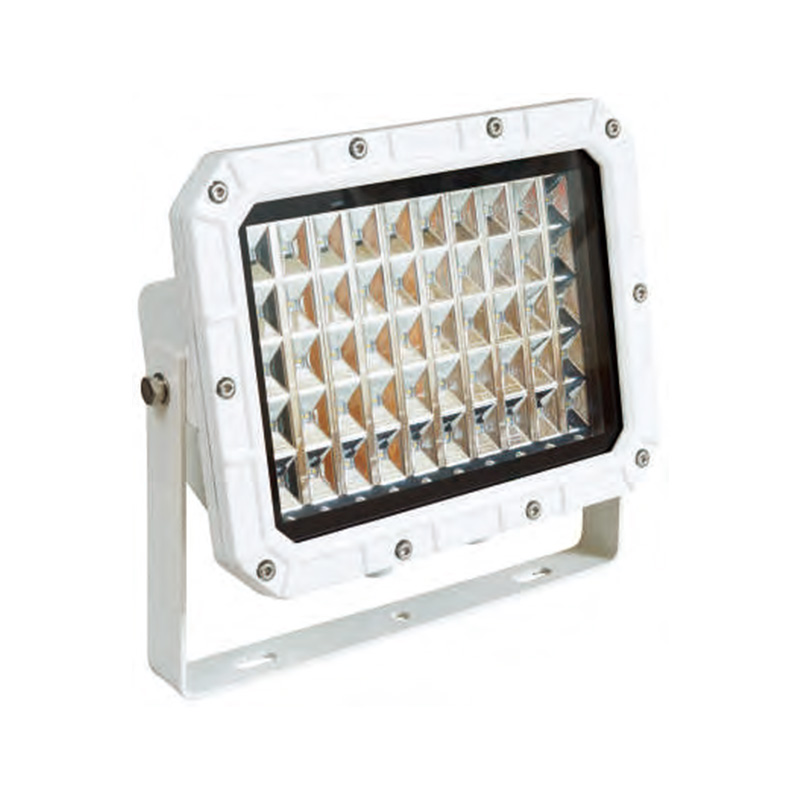
The specific values or ranges depend on the type of application, such as navigation lights, deck illumination, or underwater lighting.
Advantages of LED Technology in Marine Lighting
1. Energy Efficiency
- LEDs consume significantly less energy than traditional lighting solutions, such as incandescent or halogen bulbs.
- Reduced energy consumption helps conserve onboard power, which is critical for vessels operating on limited energy resources.
- The efficiency of LED lights translates into longer battery life and reduced fuel usage for ships with generators, resulting in cost savings.
2. Longevity
- LEDs have an operational lifespan of over 50,000 hours, far exceeding the lifespan of traditional bulbs.
- This extended lifespan minimizes the frequency of replacements, which is especially beneficial for hard-to-reach lighting installations in marine environments.
- The durability of LED lighting reduces maintenance costs and downtime, improving overall vessel efficiency.
3. Durability and Reliability
- LED lights are designed to withstand harsh marine conditions, including constant vibrations, shocks, and exposure to saltwater and humidity.
- Their solid-state construction makes them less prone to damage compared to fragile filament-based bulbs.
- LEDs operate reliably in extreme temperatures, ensuring consistent performance in varying climates.
4. Enhanced Visibility and Safety
- LEDs provide bright, focused, and flicker-free illumination, enhancing visibility in low-light or adverse weather conditions.
- Superior color rendering and even distribution of light improve operational safety on decks, bridges, and navigation routes.
- Their instant-on capability ensures immediate lighting in emergencies, without the warm-up time required by some other lighting technologies.
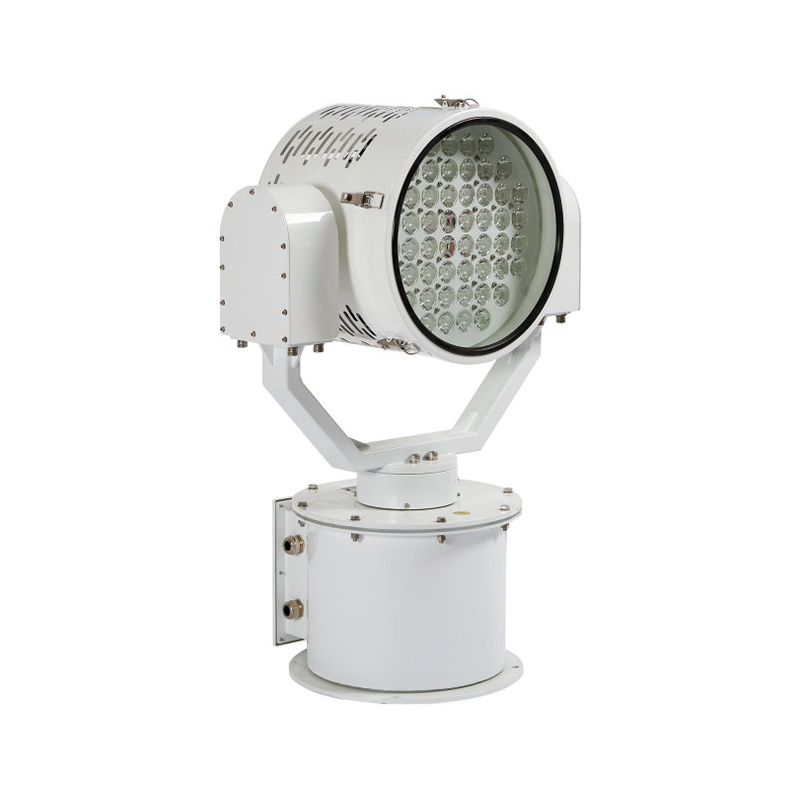
5. Eco-Friendliness
- LEDs are free of toxic materials, such as mercury, commonly found in fluorescent lights.
- Lower energy consumption leads to reduced greenhouse gas emissions, supporting environmentally sustainable maritime operations.
- The minimal heat generation by LEDs prevents unnecessary heat buildup, reducing strain on cooling systems.
6. Compact and Versatile Design
- The small size of LED lights allows for compact, lightweight marine lighting solutions that can be easily integrated into different parts of a vessel.
- Their design flexibility enables the creation of innovative lighting systems, such as underwater lights, decorative lights, and slim-profile navigation lights.
7. Cost Savings
- Although the initial investment in LED lighting is higher, the reduced energy consumption, extended lifespan, and minimal maintenance lead to significant long-term savings.
- Fewer replacements and repairs further contribute to lowering overall operational costs.
8. Customization and Versatility
- LEDs offer various color temperatures and brightness levels, allowing for customized lighting solutions tailored to specific marine applications.
- They can be integrated with dimming and control systems, enhancing comfort and functionality in cabins, control rooms, and recreational areas.
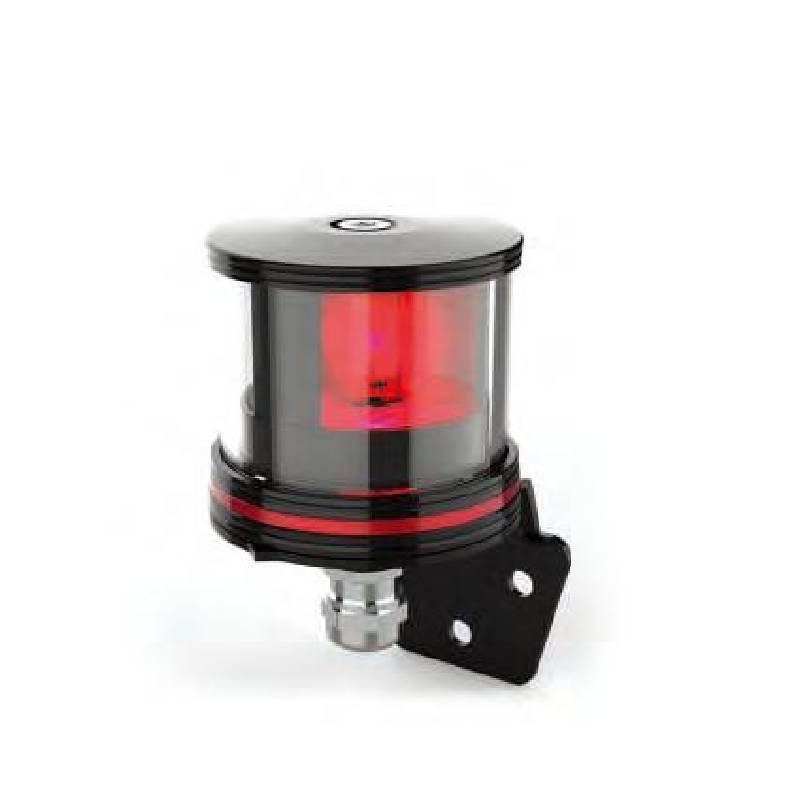
Applications of LED Technology in Marine Lighting
Here is a chart summarizing the various applications of LED technology in marine lighting along with their key features.
| Application | Description | Key Features |
| Navigation Lights | Used for signaling vessel position, direction, and status to other ships in compliance with maritime rules. | High visibility, energy-efficient, and durable. |
| Deck Lighting | Provides illumination for onboard operations, ensuring safety and visibility for crew activities. | Bright, uniform lighting; resistant to vibrations. |
| Interior Lighting | Enhances visibility and ambiance within cabins, lounges, and workspaces on vessels. | Customizable colors, dimmable options, compact. |
| Floodlights | Used for illuminating large areas, such as ports, cargo bays, or docking zones. | High lumen output, weather-resistant design. |
| Searchlights | Assists in identifying objects or navigating during low-visibility conditions. | Focused beam, long-range visibility, adjustable. |
| Underwater Lighting | Installed on the hull or underwater structures for visibility, inspection, or aesthetic purposes. | Waterproof, corrosion-resistant, color-changing. |
| Signal and Communication Lights | Used for transmitting visual signals, such as distress signals or status indications. | Bright and reliable, conforms to signaling standards. |
| Emergency Lighting | Activated during power outages to ensure visibility and safe evacuation. | Battery-backed, instant-on functionality. |
| Navigation Buoys and Lighthouses | LED lights integrated into buoys and lighthouses for long-term navigation aid. | Solar-powered options, low maintenance. |
| Aesthetic Lighting | Enhances the appearance of luxury yachts and cruise ships with dynamic color effects. | Programmable, energy-efficient, decorative. |
| Engine Room Lighting | Provides illumination in engine rooms for inspection and maintenance tasks. | Durable, heat-resistant, bright illumination. |
| Pathway and Stair Lighting | Ensures safety by illuminating pathways, stairs, and railings on decks. | Compact, energy-efficient, low glare. |
| Harbor and Dock Lighting | Illuminates docks and harbor areas to facilitate safe vessel mooring and cargo handling. | Robust design, wide beam angle, weatherproof. |
| Fishing Lights | Attracts fish by using specific wavelengths or intensities of light. | High intensity, color-tunable, efficient power use. |
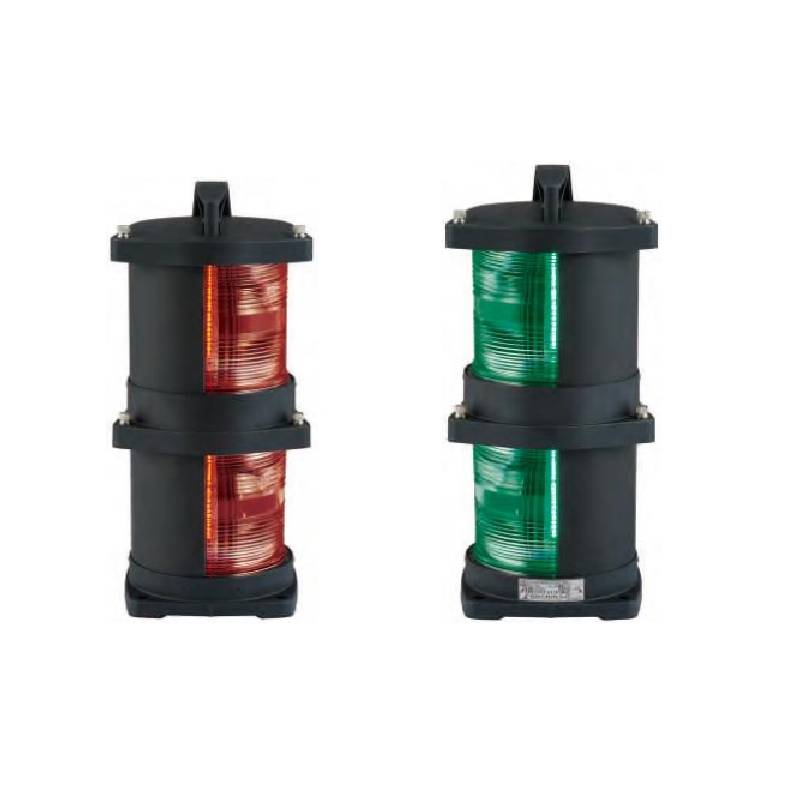
Each application benefits from the energy efficiency, long lifespan, and adaptability of LED technology, making it a preferred choice for modern marine operations.
Emerging Trends and Innovations in LED Marine Lighting
1. Integration with Smart Systems
- Smart Lighting Control: LED marine lighting is increasingly being integrated with IoT (Internet of Things) and smart systems, allowing for centralized control and automation.
- Energy Management: These systems enable precise dimming, scheduling, and adaptive brightness adjustments, optimizing energy usage based on operational needs.
- Remote Monitoring: Ship operators can monitor and control lighting remotely, improving maintenance efficiency by identifying potential issues in real-time.
2. Solar-Powered LED Systems
- Energy Independence: Combining LED lights with solar panels has become a popular trend, especially for navigation buoys, lighthouses, and remote marine installations.
- Sustainability: Solar-powered LED systems reduce reliance on onboard power sources, offering a renewable and cost-effective solution for extended lighting needs.
- Hybrid Solutions: Some systems incorporate battery storage to ensure continuous operation even in low-sunlight conditions.
3. Advanced Optics and Light Quality
- Improved Color Rendering: Advances in LED technology offer better color rendering indexes (CRI), providing more natural and accurate illumination for improved visibility.
- Directional Lighting: Precision optics allow LEDs to focus light exactly where needed, reducing light pollution and enhancing operational efficiency.
- Customizable Lighting: LED lighting systems now provide a wide range of color temperatures and dynamic lighting effects, catering to diverse functional and aesthetic requirements.
4. Corrosion-Resistant Designs
- Enhanced Durability: New materials and coatings are being developed to improve LEDs’ resistance to corrosion from saltwater, humidity, and harsh environmental conditions.
- Long-Term Performance: These advancements extend the lifespan and reliability of LEDs in challenging marine applications, reducing maintenance costs.
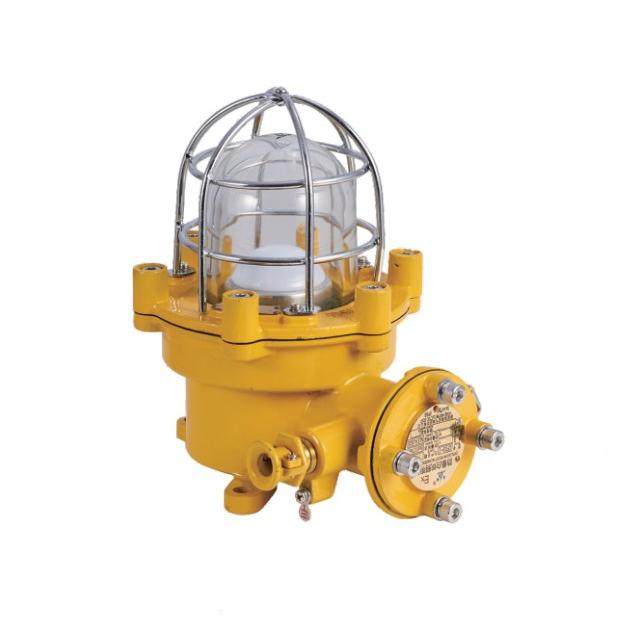
5. Underwater LED Innovations
- High-Pressure Resistance: New waterproof LED systems can withstand greater depths and pressures, making them ideal for underwater inspections, fish attraction, and decorative lighting.
- Dynamic Illumination: Multi-color LEDs with programmable controls create captivating effects for yachts and recreational vessels, enhancing their aesthetic appeal.
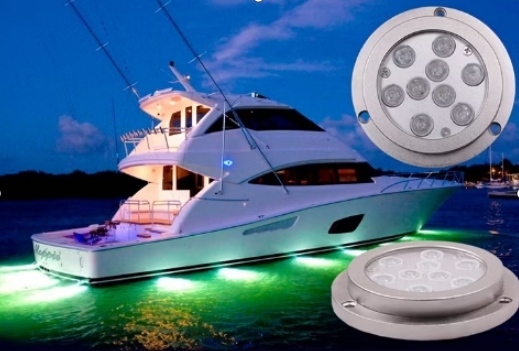
6. Emergency and Safety Lighting Improvements
- Enhanced Reliability: LEDs designed for emergency applications now offer higher brightness levels and longer operation during power failures.
- Battery Integration: Many systems come with integrated battery backups, ensuring uninterrupted lighting in critical situations.
7. Integration with Autonomous Vessels
- Autonomous Operations: LED lighting is being tailored for autonomous ships, with features such as self-diagnostics and adaptive lighting based on environmental conditions.
- Energy Optimization: Autonomous systems benefit from LEDs’ low energy requirements, ensuring longer operational periods.
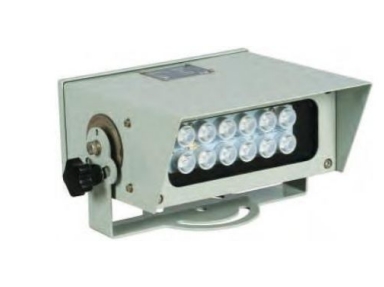
Conclusion
The transition to LED technology in marine lighting has been revolutionary. Offering energy savings, enhanced safety, and eco-friendly benefits, LEDs are paving the way for smarter and more sustainable marine operations. With ongoing advancements in LED lighting, marine industries can expect even more innovative solutions, ensuring efficiency and safety in navigating at sea.
